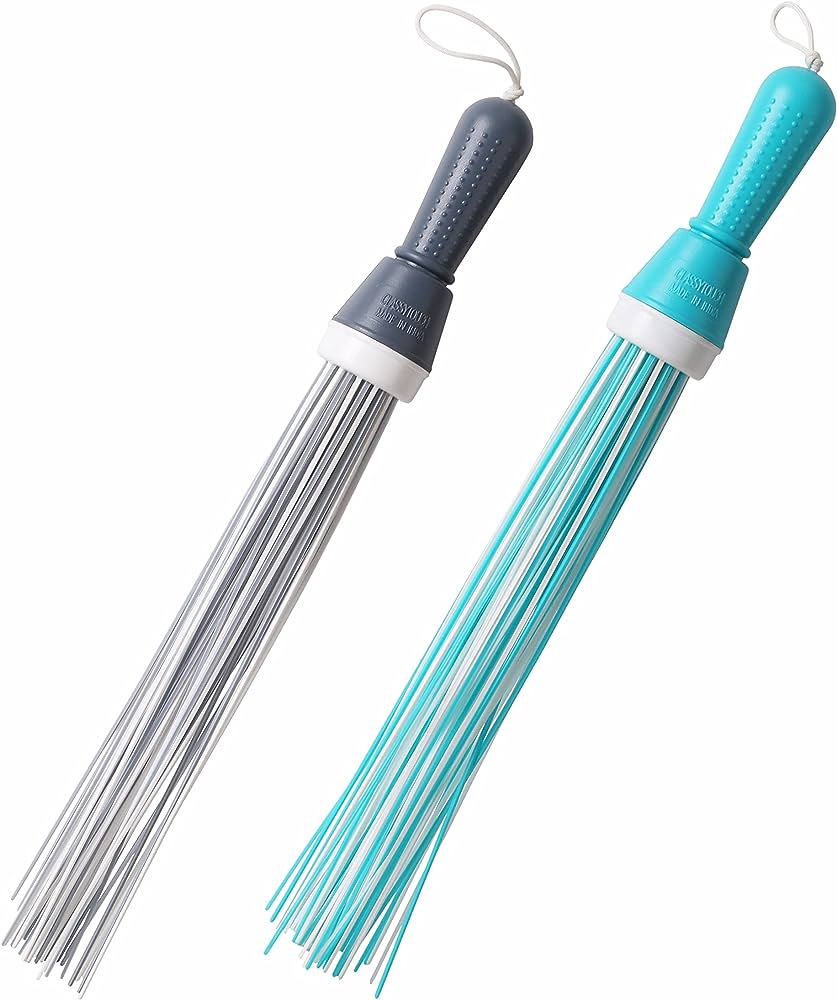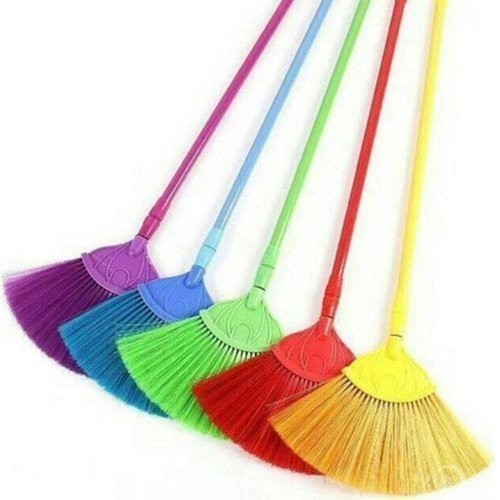Table of Contents
Introduction
Plastic broom are ubiquitous in today’s world, found in households, businesses, and communities across the globe. These humble tools, often taken for granted, serve essential functions in maintaining cleanliness and order. However, beyond their practicality, plastic brooms hold cultural significance and are adapted to various regional needs and customs. In this article, we will explore the diverse uses of plastic brooms around the world, shedding light on their cultural importance and the unique ways in which they are employed.
The Global Presence of Plastic Brooms
The Evolution of Broom Design
Before delving into the specific uses and cultural significance of plastic broom, it’s essential to understand their evolution. Brooms, in various forms, have existed for centuries. Traditionally, they were made from natural materials like twigs, straw, or reeds. However, with advancements in materials science, plastic broom have become the norm in many parts of the world due to their durability and affordability.

Environmental Concerns
While plastic broom have their advantages, it’s crucial to acknowledge the environmental challenges they pose. The non-biodegradable nature of plastic raises concerns about waste management and pollution. Several countries are now exploring eco-friendly alternatives to address these issues.
Plastic Brooms in Asian Culture
India: The Symbol of Swachh Bharat Abhiyan
In India, plastic broom have taken on a symbolic role in the Swachh Bharat Abhiyan (Clean India Campaign). These brooms, often carried by volunteers, signify the nation’s commitment to cleanliness and sanitation. They are not only tools for sweeping but also instruments of change and progress.
Japan: The Art of Kakebotoke
In Japanese culture, the act of sweeping with a plastic broom is elevated to an art form known as “kakebotoke.” This meticulous practice involves precise movements and is seen as a way to cultivate mindfulness and discipline. The Zen philosophy is often intertwined with this daily chore.
Plastic Brooms in African Traditions
Nigeria: The Yoruba “Irupe” Broom
In Yoruba culture, the “Irupe” broom holds deep cultural significance. It is used not only for cleaning but also in ceremonies and rituals. The Irupe broom is adorned with colorful strings and beads, representing cultural pride and ancestral connections.

Best Plastic Brooms.
- ✅FPR Plastic Handle Broom Length : 43 inches Color – Multi
- ✅This Broom Has Heavy & Extra Plastic Grass & Made of Top Quality Plastic Bristles.
- ✅Long Handle to Reach Under the Hidden Corners
- ✅The Broom Is Handcrafted For Long-Lasting Durability The Strong Grip And Top Quality Grass Gives It A Longer Life Than Any Other Broom.
- ✅This is best option for cleaning your home, Office floor and it is a branded product and Manufactured by Raj Cleanwell, 100% Guaranteed Quality Satisfaction.
South Africa: Brooms as Healing Tools
Among the Zulu people of South Africa, brooms play a role in healing rituals. Medicine men and women use brooms to cleanse and purify both individuals and spaces, believing in their spiritual power to remove negative energies.
Plastic Brooms in Western Societies
United States: Brooms in Folklore
In American folklore, the broom takes on a mystical persona. The notion of witches riding broomsticks has become an iconic image in Halloween celebrations. However, this connection to the supernatural contrasts with the everyday use of plastic brooms in American households.
United Kingdom: The Wedding Broom Jumping Tradition
In the United Kingdom and other parts of Europe, a tradition involving brooms has persisted for centuries. During weddings, couples participate in a symbolic act known as “broom jumping.” They leap over a broom to mark their union and sweep away past troubles, a custom that has transcended time.
Plastic Brooms in South America
Mexico: Brooms as Art and Tradition
In Mexican culture, artisans craft decorative brooms called “escobas de palma.” These intricately designed brooms are not just for sweeping but are also cherished as pieces of art. They are often found in homes as both functional tools and symbols of tradition.

The Future of Plastic Brooms
Innovations in Sustainable Materials
Recognizing the environmental concerns associated with plastic brooms, innovators are exploring sustainable materials for broom production. Bamboo, recycled plastics, and other eco-friendly options are emerging as alternatives.
The Role of Education
Education and awareness campaigns are vital in promoting responsible broom usage and disposal. Encouraging recycling and proper waste management can mitigate the environmental impact of plastic brooms.
Conclusion
Plastic brooms, once a simple cleaning tool, have evolved to become multifaceted symbols of culture, tradition, and daily life around the world. From the streets of India to the wedding ceremonies of the United Kingdom, these unassuming tools hold a special place in the hearts and customs of diverse communities. However, as we celebrate their cultural significance, it is imperative to address the environmental challenges associated with plastic brooms and seek sustainable alternatives. The future of brooms may lie in materials that balance functionality with ecological responsibility, ensuring that the world continues to benefit from this essential tool without harming the planet.
